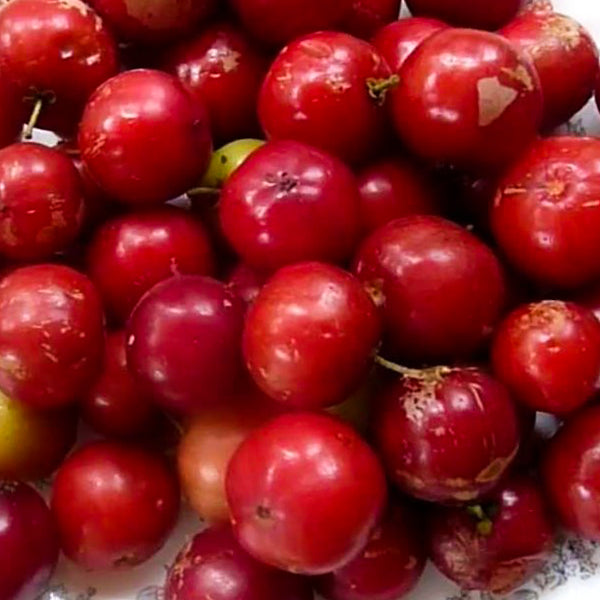HappiestPlants
Luvi Luvi Live Plants (Flacourtia Inermis)
Luvi Luvi Live Plants (Flacourtia Inermis)
Couldn't load pickup availability
Share
Lovi-Lovi Fruit, scientifically known as Flacourtia Inermis, is a distinctive flowering plant native to the Philippines and Indonesia. Over time, it has naturalized in the tropical regions of Asia and Africa. In Indonesia, this plant is recognized by various names such as Tome-Tome, Lovi-Lovi, and Lobi-Lobi. Lovi-Lovi typically grows as a small to medium-sized evergreen shrub or tree, reaching heights of up to 15 meters.
This unique species thrives in full sunlight and well-drained soil, which can be enriched with organic compost or manure. While it doesn't tolerate waterlogged soil, it can adapt to sandy conditions. Lovi-Lovi trees are commonly cultivated in tropical regions, spanning from India to China, primarily for their edible fruit.
The Lovi-Lovi fruits form in clusters, bearing a striking resemblance to cherries. When ripe, these fruits transform from a light green hue to a deep, enticing red. Their texture is delightfully crunchy, albeit with a tangy and acidic taste. While they can be consumed fresh, Lovi-Lovi fruits are more commonly used to make jams, preserves, and syrups. Notably, these fruits are rich in natural antimicrobial properties, enhancing their appeal in various culinary applications.
In summary, the Lovi-Lovi, or Batoko Plum, is a unique and versatile plant species originating from the Philippines and Indonesia, now thriving in tropical regions across Asia and Africa. With its visually appealing red fruits, it serves both ornamental and culinary purposes, offering a tangy and crunchy treat often utilized in preserves and syrups.






